09 Apr Microsoft Teams Voice Survivability with Yealink Phones
This has been a recent hot topic affecting Microsoft Teams that i decided to it give some attention. In fact my colleagues Randy Chapman , Mark Vale and I discussed this at length on our UCStatus Podcast – UCStatus Podcast Episode 3: Teams Telephony, Resiliency & Suvivability which incidentally was only a few days after a major outage of Microsoft Teams that impacted PSTN calling.
Survivability historically in Skype for Business Server & Lync was achieved using the Survivable Branch Appliance or Survivable Branch Server. This was essentially a cutdown Front End server that provided basic SIP registration and mediation services only. Even if there was an outage at the users primary site as the user was homed on the SBA they could continue to make calls via the local Gateway/SBC that was part of the SBA appliance. Unfortunately in Teams we dont have that luxury as there is currently no on premises Teams component or equivalent role that can provide a similar survivability functionality.
This is an important challenge as many traditional PBX’s such as Cisco Call Manager or Avaya Session Manager provided an SRST component (Survivable Remote Site Telephony). Business functions that are highly dependant on PSTN calling would certainly expect this level of voice resiliency either to meet SLA or to ensure a business and its front office can continue to function, and even more so if this is revenue generating part of the business.
On the podcast we did discuss an interesting option that i was aware of but haven’t actively investigated for a customer yet. Yealink Teams Phones have the ability to ‘Dual Register’ that is a Teams Phone can be logged in using HTTPs REST via Teams Phone System while simultaneously being SIP registered to ANY SIP registrar. This is an important point as i recall Ribbons announcement a year ago when Ribbon introduced a new backup routing solution in conjunction with Yealink and i presumed this solution was somehow limited to Ribbon SBC’s only. In my testing it turns out this isn’t the case as because this is a simple SIP Register to an available SIP Server the Yealink solution will work with any SBC or PBX that supports SIP.
Randy Chapman has already written a blog post covering the phone configuration and how to enable this so i won’t cover the enablement steps here. But i will show you how easy it is to enable voice resilience regardless of if you’re using Microsoft Teams Direct Routing or Calling Plan. Provided you have an available SBC, SIP gateway, PBX etc that supports SIP and has connectivity to the PSTN Yealink native Teams headsets can leverage this to make a PSTN call. Plus in most cases dial-tone is all that’s required in a outage scenario, eg the ability to make an outbound call to the PSTN.
In my case i just so happened to have an ancient Asterisk Server laying around so thought let me see if i can get my Yealink T58A to register to that. After configuring an account for my T58 on the Asterisk box i logged into the admin page of my phone and entered the following configuration:-
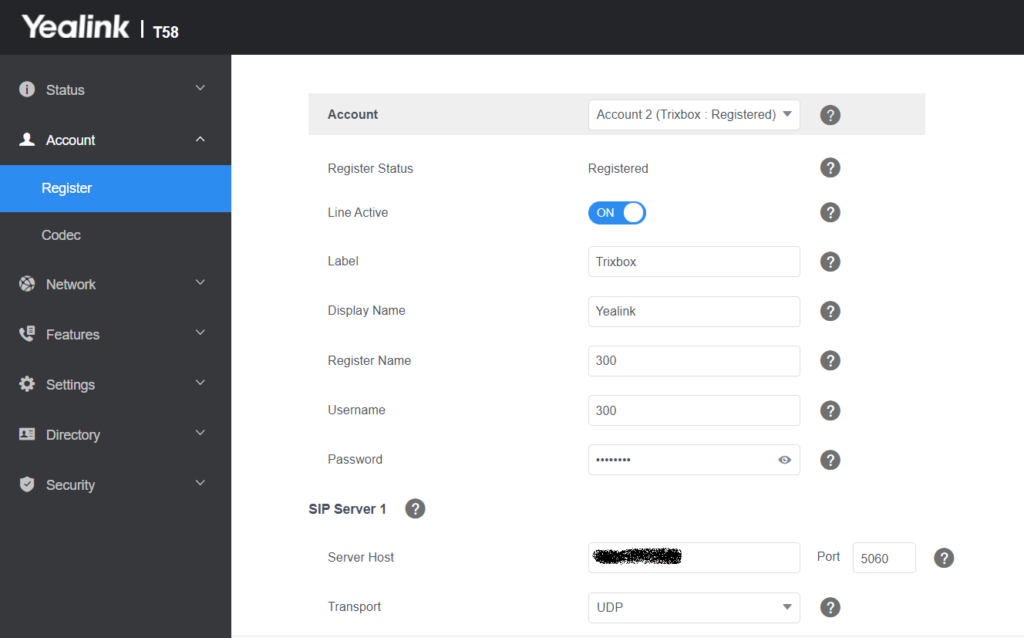
When i initially did this i was quite surprised that the Register Status showed as Registered. So i thought id just double check on my Asterisk and lo and behold the phone was actually registered!
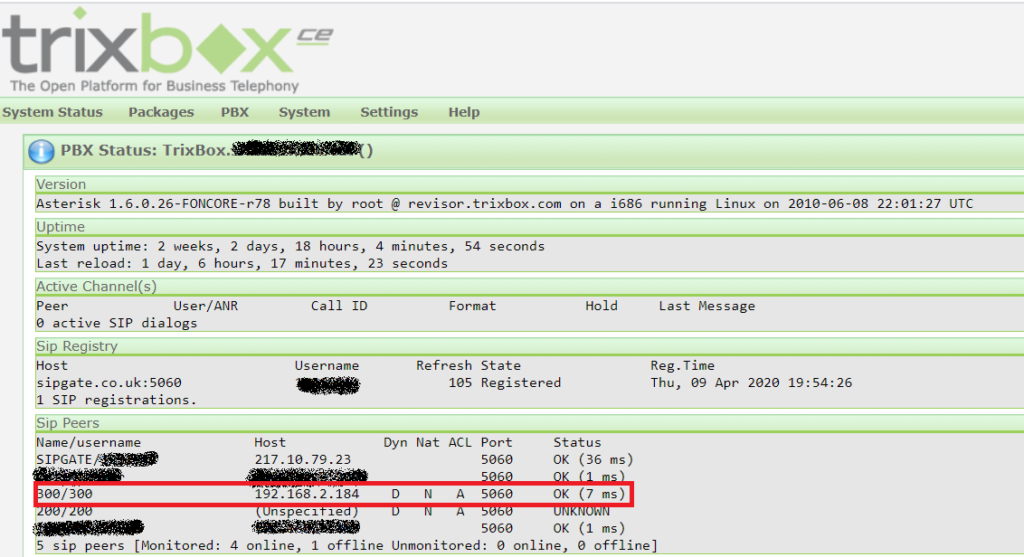
From the phone all a user has to do if faced with an outage is to click on the SIP button in the left hand corner of the screen and the phone will be switched over to SIP mode. This is entirely seamless as the registration is persistent regardless of what mode the phone is in be that Teams or SIP.
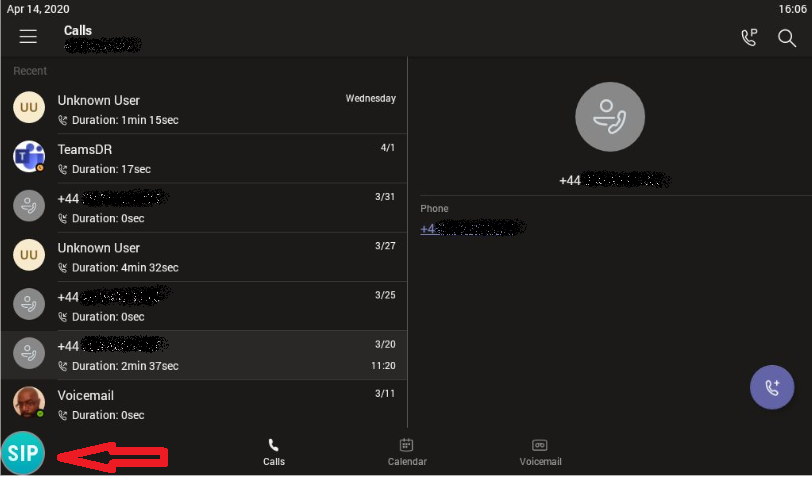
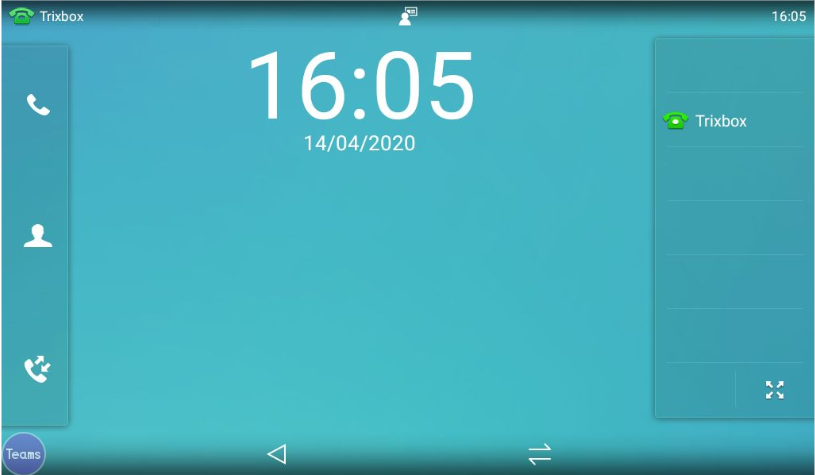
As my Asterisk box is connected to the PSTN i can also make a call.
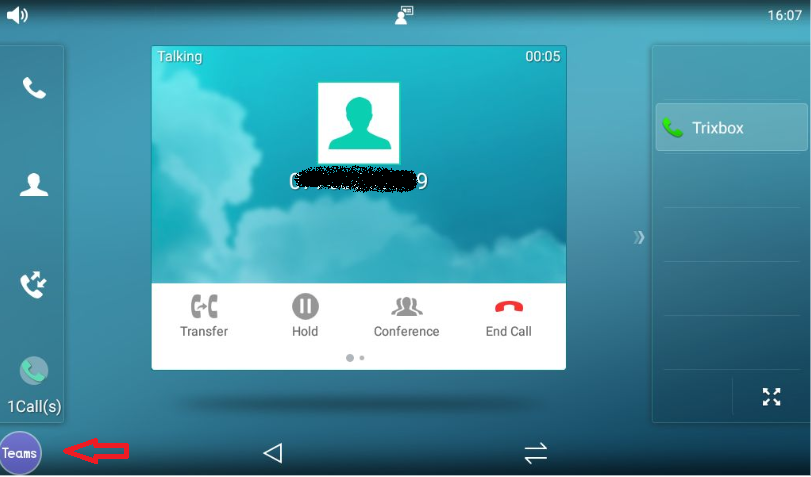
When Teams is available the user only needs to press the Teams button and the phone switches seamlessly back to the Teams UI in literal micro-seconds. Essentially there is zero delay as both ‘registrations’ are active.
As far as i’m aware neither Polycom Teams Phones nor Audiocodes Teams Phones are capable of this and this does appear to be a feature unique to Yealink. ( I suspect Crestron is probably capable of this too as their Teams phones are white labelled Yealink headsets ). This is an important distinction for customers looking for a solution for native Teams phones, as while 3PIP phones are capable of dual registrations today 3PIP is no longer being developed by Microsoft and while 3PIP phones do work with Teams they will experience reduced functionality when Skype for Business Online is retired in July 2021 and will ultimately be end of life in 2023. Thus in my opinion rather than throw good money after bad native Teams Phones are a wise investment to future proof your deployment.
This also means that today there is a legitimate solution for Teams voice survivability that can leverage any SBC or SIP gateway. Granted this requires manual invocation by a user but it is a suitable solution that can provide backup dial-tone for Teams in the event of an outage. Its also a vendor agnostic solution in that its not restricted to any single vendor and will work with virtually any SIP server you have deployed.


